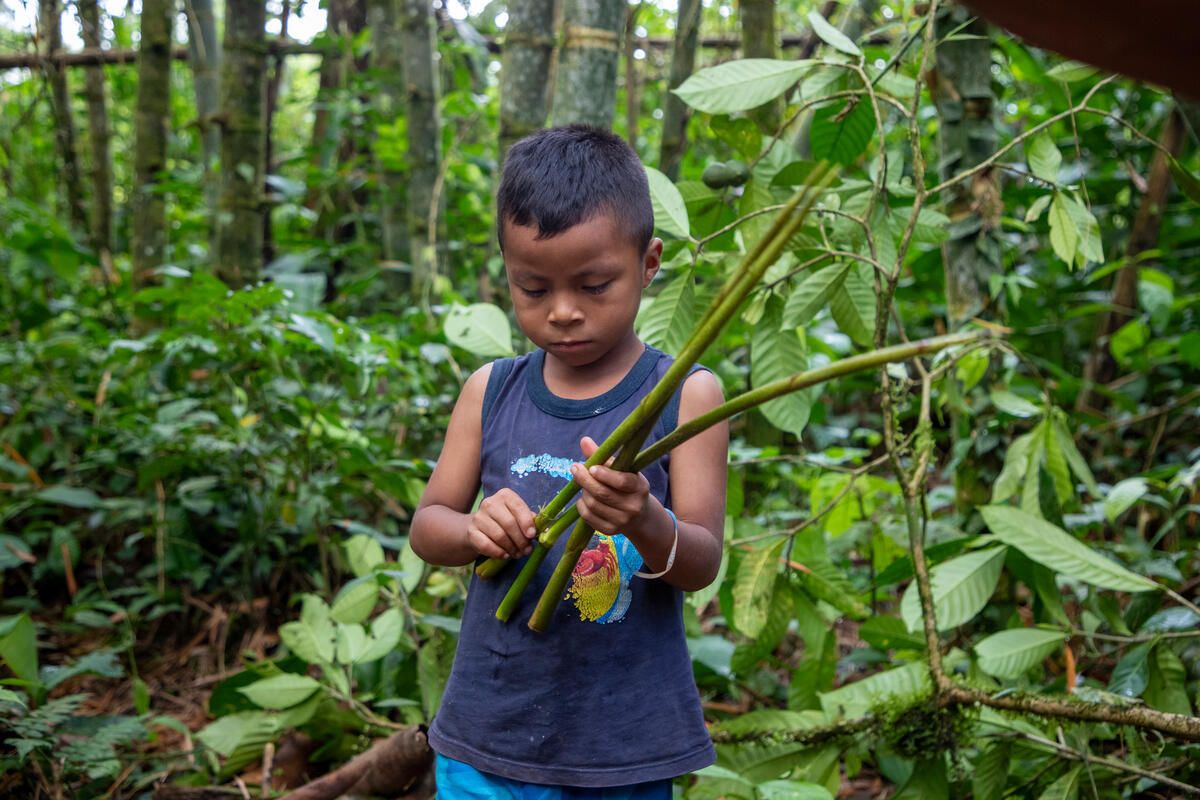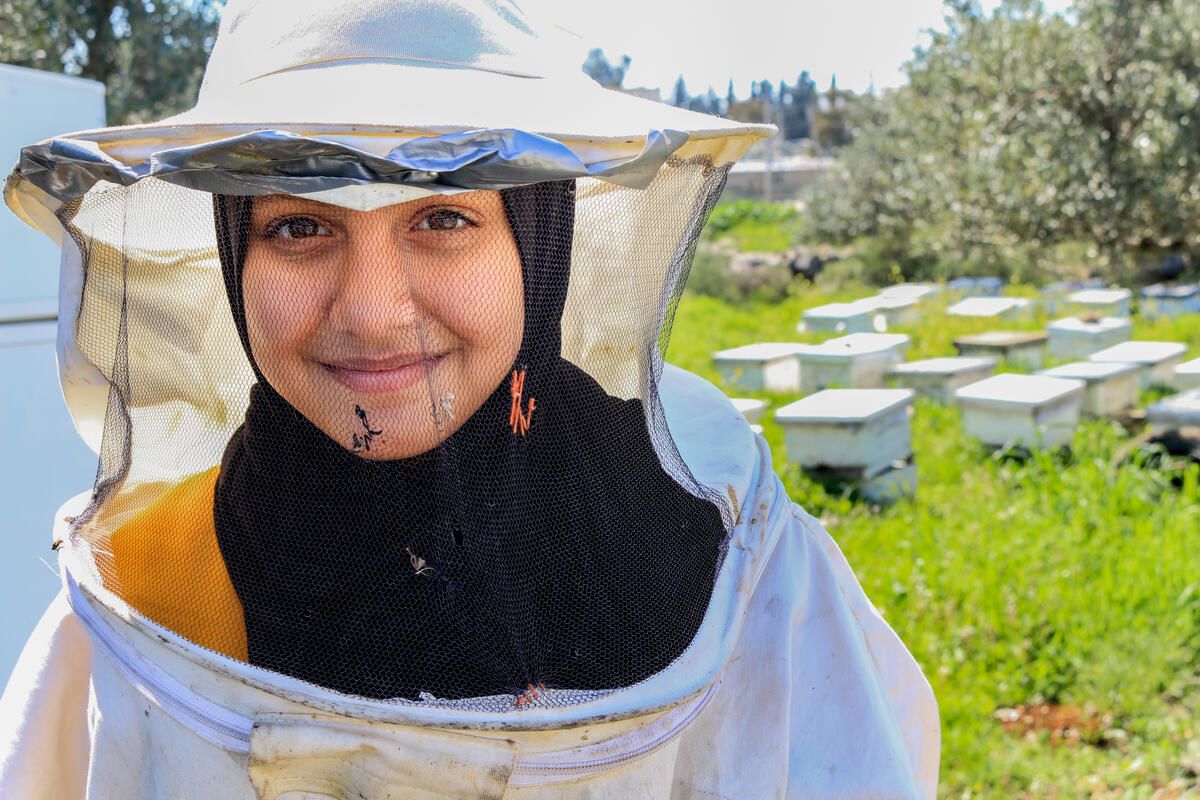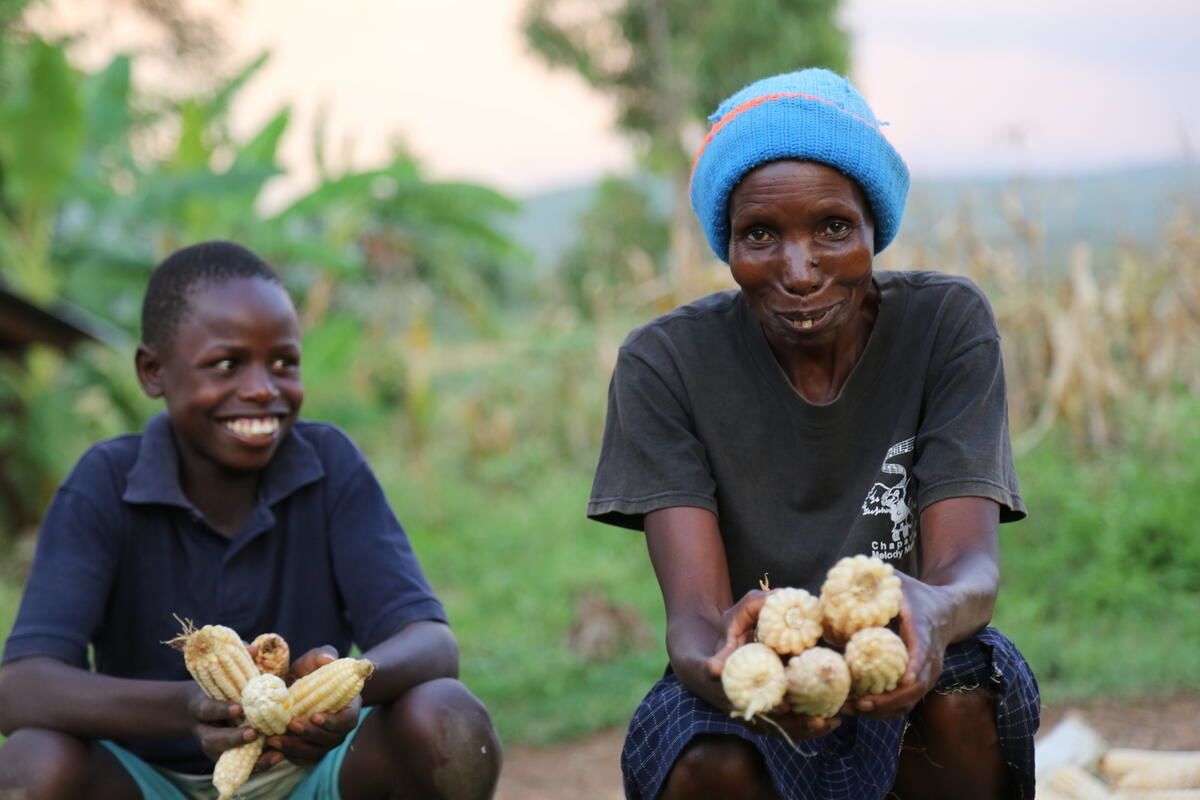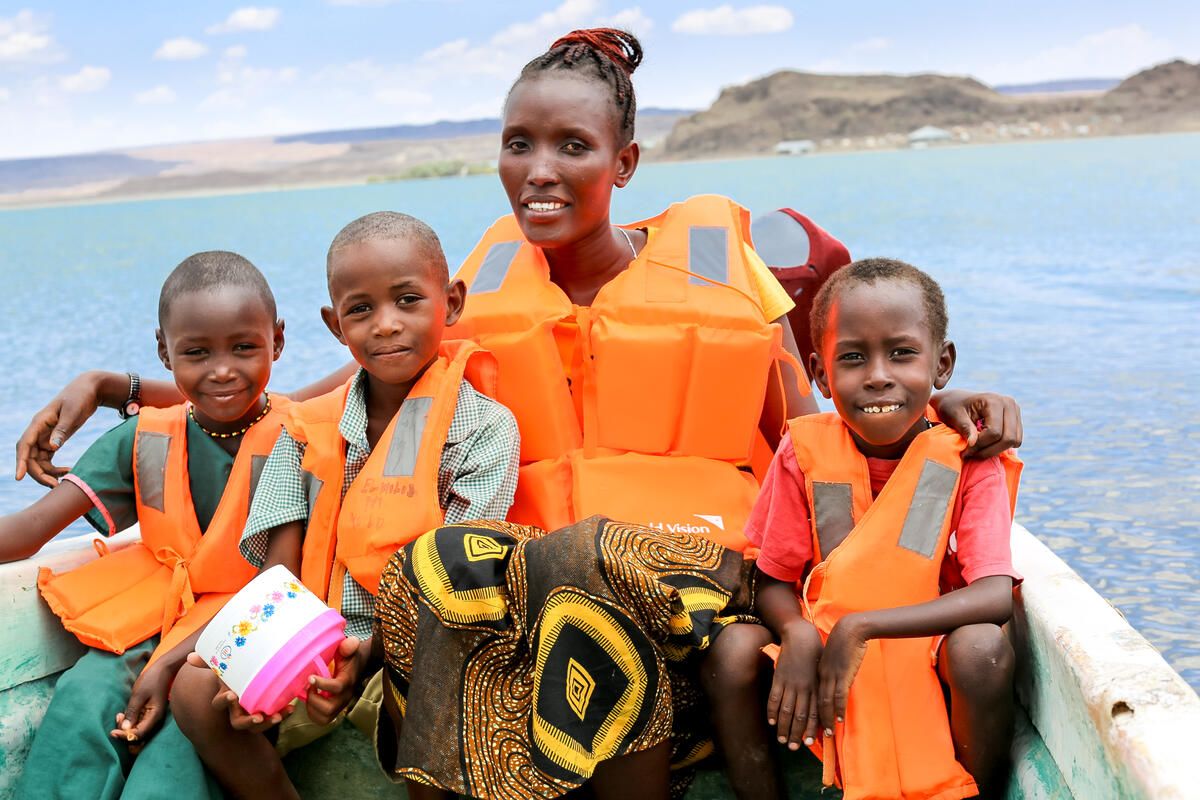HUNGRY FUTURES INDEX
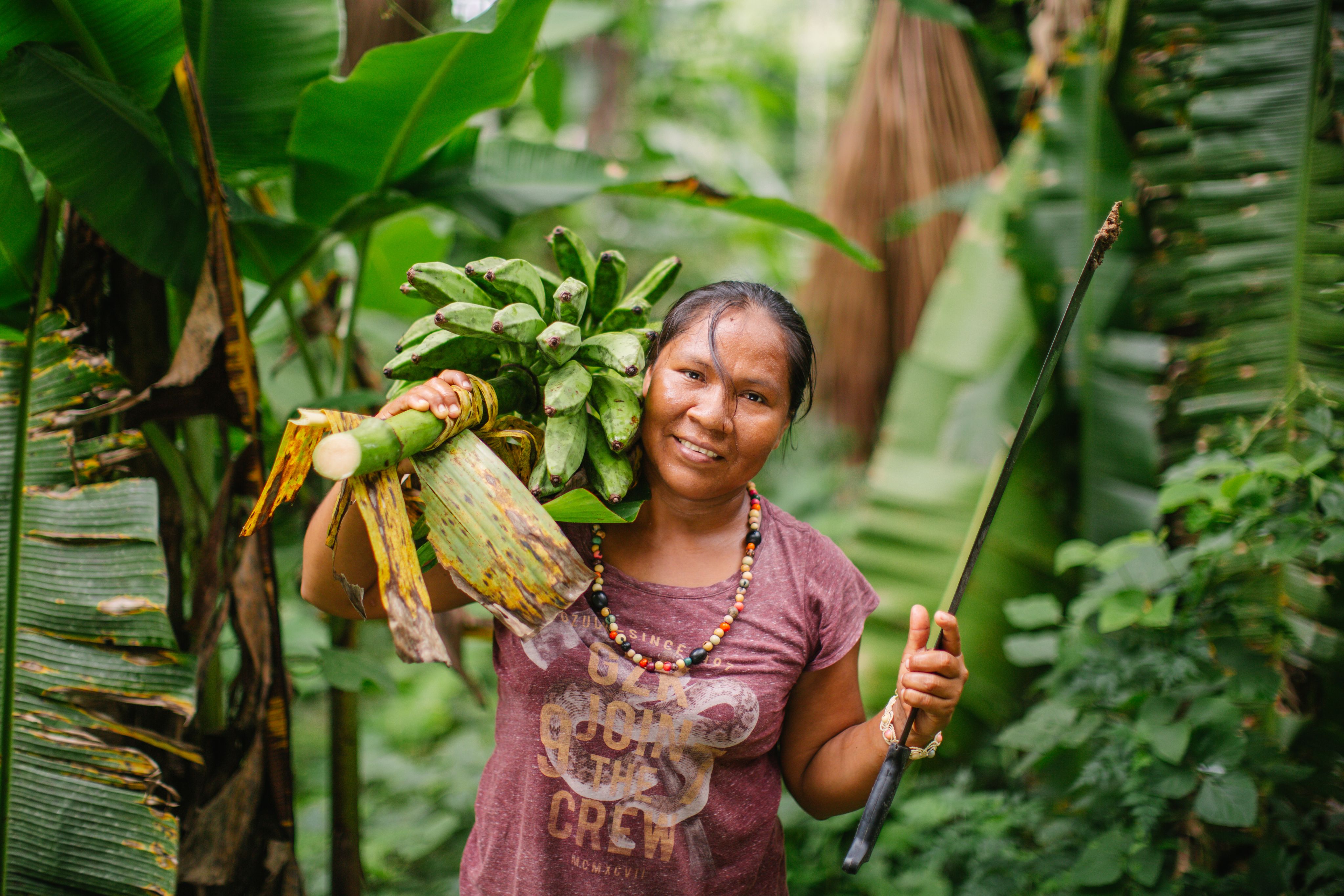

Are countries considering hunger and children in their climate planning?
In 2025, World Vision analysed the Nationally Determined Contributions (NDCs) and National Adaptation Plans (NAPs) of 83 countries, as well as the European Union to check.
Children are growing up in the shadow of a climate crisis that is fast becoming a hunger crisis. Rising temperatures, relentless droughts and devastating floods are daily realities that rob children of food, health, education and security. However, national climate strategies largely ignore child hunger, treating it as a side issue rather than the defining challenge it has become.
Keep scrolling to explore the data set. To access the accompanying methodology, click here.
How is your country doing?
Click on the map below to see how countries are addressing child and adult hunger and malnutrition in their climate strategies, and considering children more generally:
Child hunger is mentioned in just 18% of NDCs and NAPs, and even fewer reference child malnutrition.
Altogether, 67 countries are failing to properly consider child and adult hunger and malnutrition.
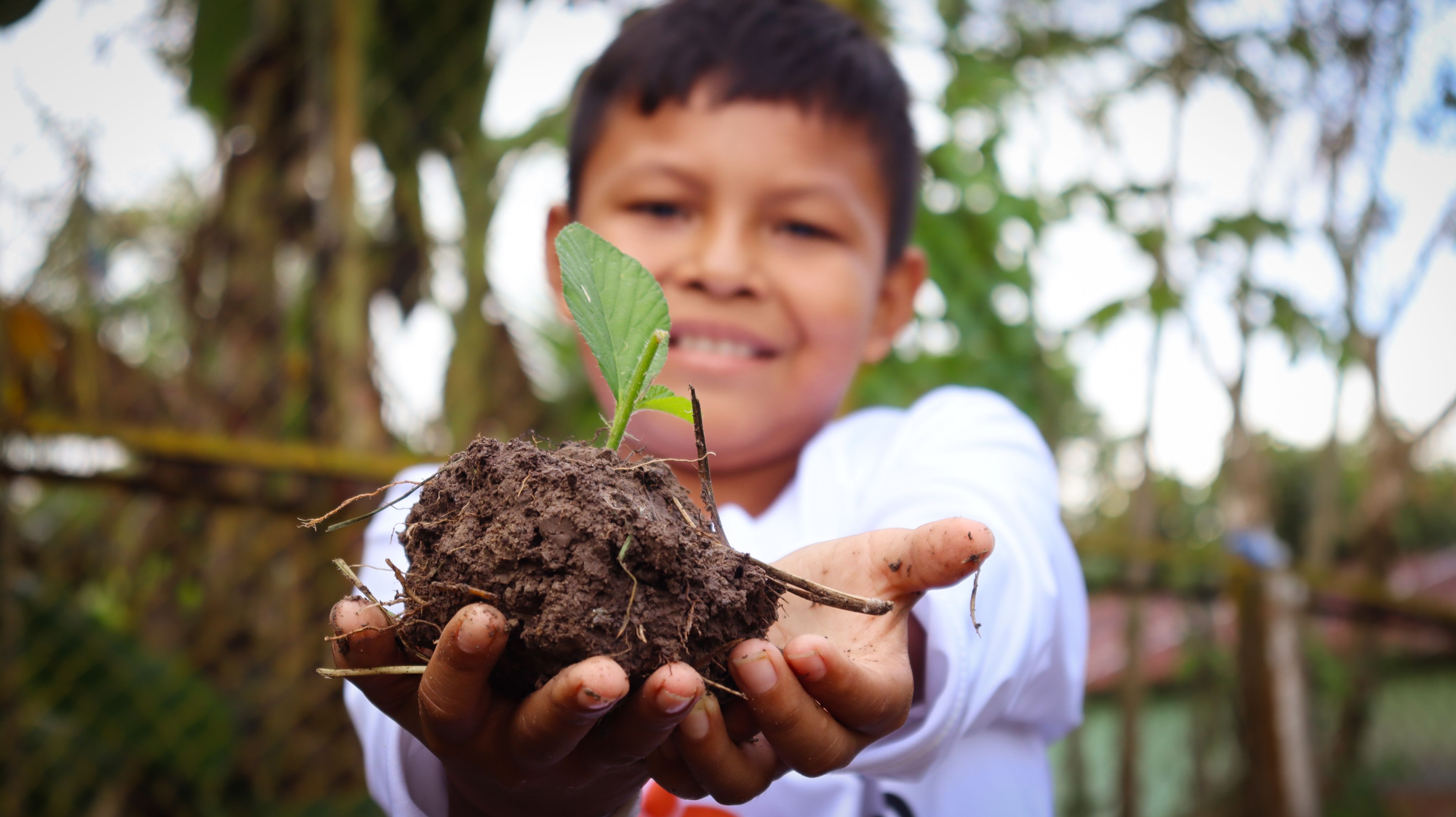
Countries with high rates of food insecurity were more likely to consider child and adult hunger and malnutrition in their climate plans.
Countries are also failing to consider children.
The Paris Agreement specifically refers to children as agents of change in climate action, but only 58% of NDCs mention how they were involved in their design and implementation processes. Just two out of the 84 NDCs we reviewed budget for it.
We created a second index, using UNICEF evaluations of climate plans for child sensitivity, combined with levels of child participation in NDC processes
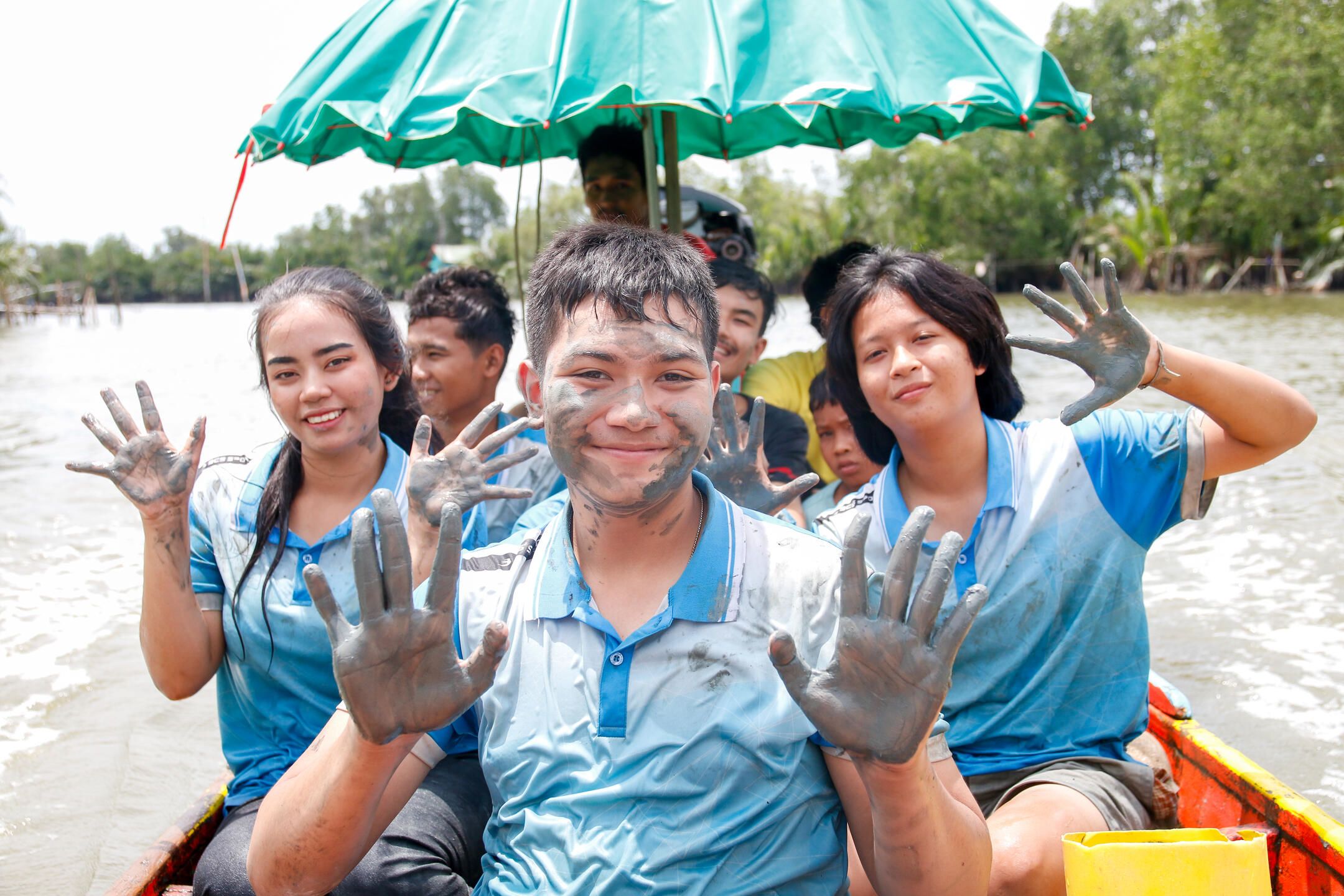
Explore the full data set for hunger and malnutrition
Putting children at the heart of climate action
To ensure children’s rights to a healthy, safe and sustainable future, World Vision calls on governments, corporations and the international community to support the full realisation of the global commitments made for child rights and climate action. In particular, we call on governments, corporations and the international community to ensure the following:
Child-responsive NDC implementation
- Strengthen NDCs with ambitious, child-responsive targets that uphold intergenerational equity.
- Accelerate mitigation efforts to keep the 1.5°C goal alive, preserving ecosystems and protecting children from escalating climate impacts.
Climate-resilient agri-food systems for nutrition and health for children
- Explicitly recognise child hunger and malnutrition as climate-related impacts in NDCs and NAPs.
- Include measurable, nutrition-sensitive adaptation targets.
- Integrate child-specific nutrition indicators – such as stunting, wasting and micronutrient deficiencies – into national climate frameworks.
- Promote nature-based solutions, including Farmer Managed Natural Regeneration (FMNR), to enhance food systems.
- Align climate and food policies with health, education and social protection systems for a holistic response to child hunger.
Children and young people are agents for change
- Embed child rights and needs in NDCs, NAPs and climate finance frameworks.
- Ensure children’s rights to environmental education and access to information for children in line with the UN Convention of the Rights of the Child and Action for Climate Empowerment.
- Call on the Intergovernmental Panel on Climate Change (IPCC) to produce a special report on climate change and children, recognising their right to a safe climate.
- Ensure child-friendly communication of UNFCCC decisions and ensure inclusive participation of children in climate processes.
- Invest in capacity building to enable meaningful engagement of the most vulnerable children.
Child-responsive climate finance
- Set ambitious, fair-share targets under the New Collective Quantified Goal (NCQG), reflecting the scale of need in low-income countries.
- Ensure at least 50% of climate finance is allocated to climate change adaptation, including policies to improve child health and nutrition.
- Ensure finance is accessible, transparent, and responsive to children’s needs, gender equality and human rights.
- Prioritise climate financing flows to Least Developed Countries, Small Island Developing States and fragile contexts, in support of vulnerable children and communities, with a minimum of 20% of adaptation funding provided to fragile and conflict-affected countries.
Equitable access to loss and damage for children
- Ensure that the Fund for Responding to Loss and Damage is child-responsive, addressing children’s rights and intergenerational inequity.
- Ensure direct access to funding for local communities and child-focused organisations, making access to climate finance more inclusive, equitable and effective in addressing children’s context-specific priorities.
- Provide timely, adequate support to meet immediate humanitarian needs affected by climate change-related disasters and other climate change impacts.
‘I am angry, sad, and afraid for the future generation because if climate change continues, how will the future generations survive?’







